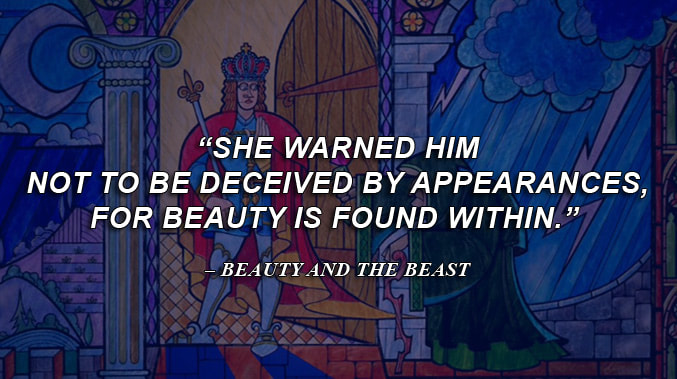

One hundred years later, Italian writer Giambattista Basile wrote four more Beauty and the Beast type fairy tales. 16th century Italian folklorist, Giovanni Francesco, told the story of Rico Porco (King Pig), a man who earns his name, not for being a beast, but for his "swinish" behavior toward women in general.

Since then, multiple versions of the story have been re-written in various countries. When guiding Eurydice back from the underworld, Hades warns Orpheus not to look back at her, or he will never see her again. This also echoes the Greek myth of Orpheus and Eurydice. When she does look, she loses him forever. He comes to her by night, as a man, but she is forbidden to look at his face. Psyche weds a serpent that is really Cupid but under a spell. In his writings, Apuleius tells the story of Cupid and Psyche.

Folklorists have traced the origin of the story as far back as the second century C.E., to the Roman writer Apuleius. The motif of the beautiful maiden, forbidden to look upon her lover, is a universal literary occurrence. From fable to musical, the evolution of Beauty and the Beast is an extraordinary journey, rich in history. Over the centuries, the "tale as old as time" has seen multiple incarnations and adaptations.


 0 kommentar(er)
0 kommentar(er)
